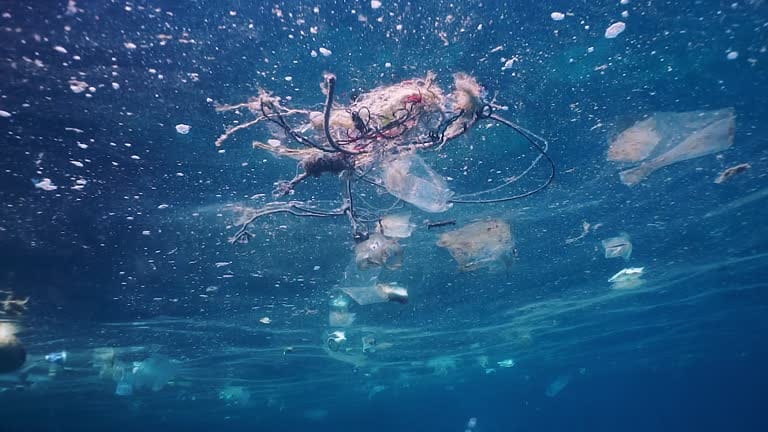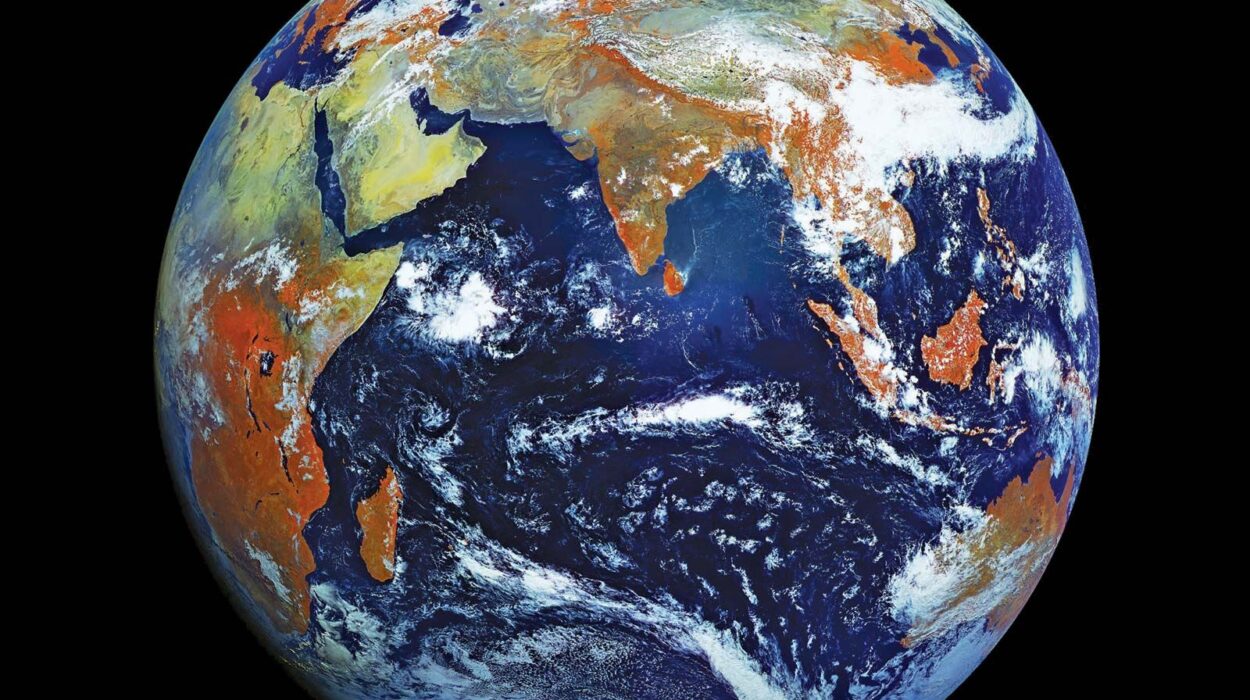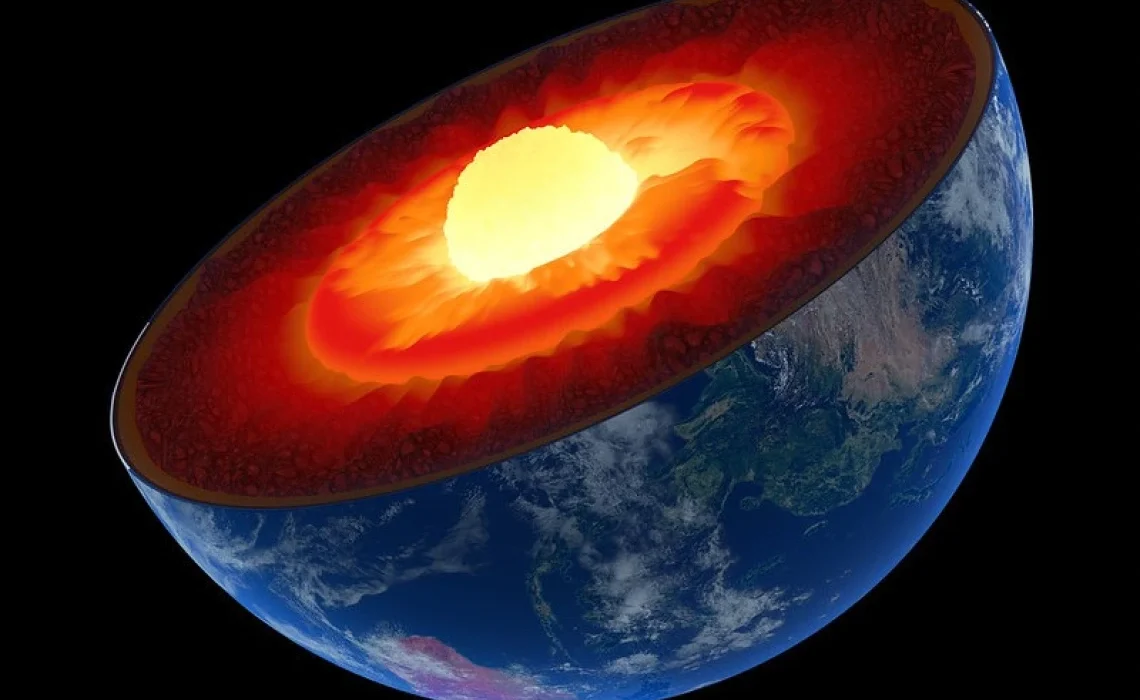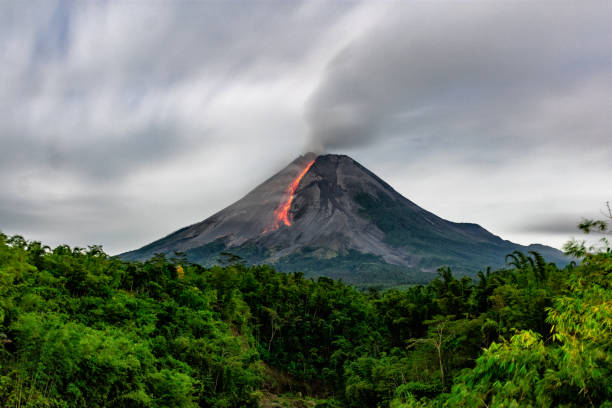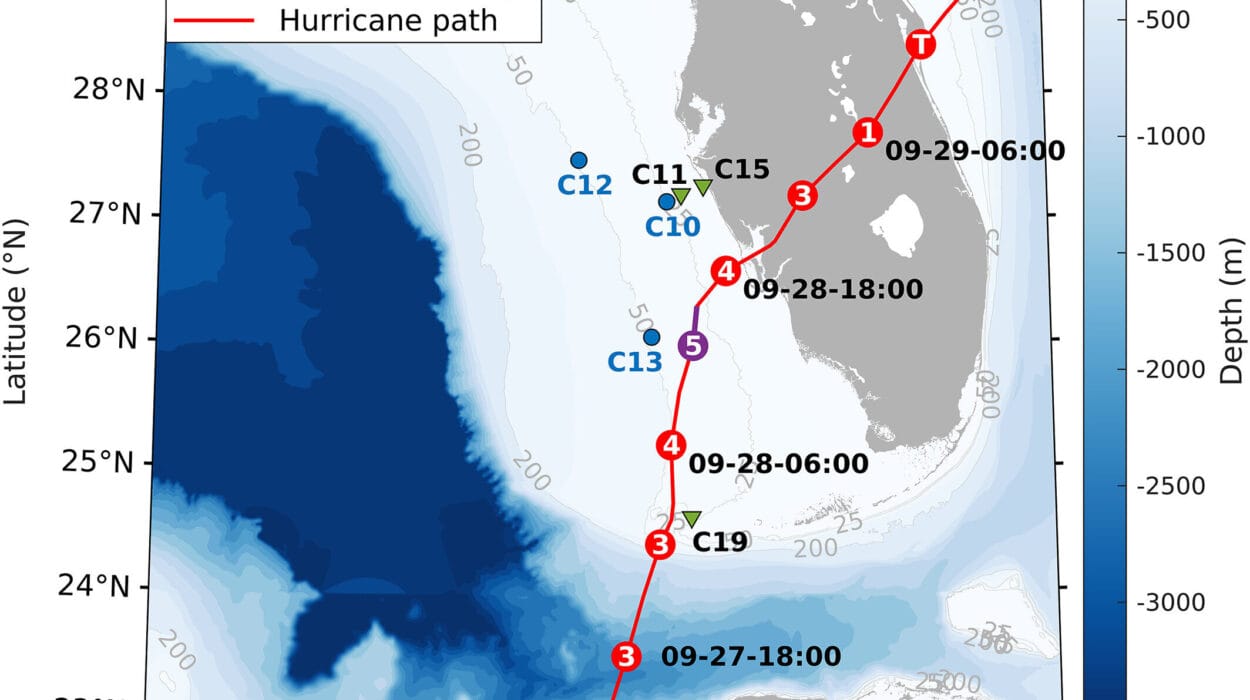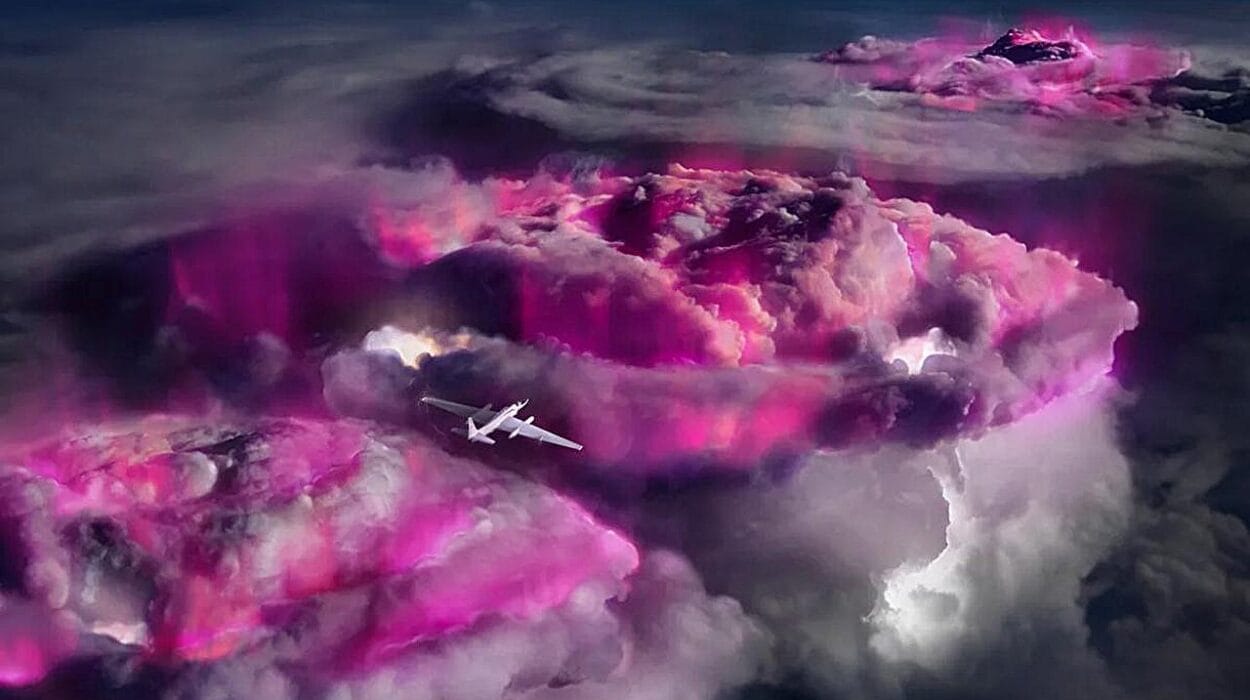Far out at sea, where the horizon curves into infinity and the waves shimmer like liquid glass, the ocean can appear eternal, untouchable, and pure. For centuries, it has been the great absorber—swallowing the runoff of rivers, the refuse of storms, the waste of human industry. Its vastness once seemed limitless, a self-cleaning, self-renewing force. But appearances deceive. Beneath the blue surface lies an unsettling truth: the ocean is choking.
Pollution, once thought to be a local issue confined to shorelines and harbors, is now a planetary crisis. The waters that cradle our coasts are increasingly burdened with toxic chemicals, plastic debris, industrial runoff, and microscopic particles invisible to the naked eye. Among these threats, one has emerged as a silent but insidious force—microplastics. They are in every ocean basin, from tropical shallows to the midnight depths. They swirl in Arctic ice, drift through coral reefs, and settle in the stomachs of creatures great and small. And they are not confined to the sea. These particles travel back to us in the fish we eat, the salt we season with, and even the water we drink. In the story of ocean pollution, microplastics are the invisible enemy—small in size, enormous in consequence.
The Ocean’s Role in Human Survival
To understand the magnitude of this crisis, we must remember what the ocean gives us. Covering more than 70% of the planet, it is the Earth’s life-support system. The ocean produces over half the oxygen we breathe, thanks largely to phytoplankton—tiny plant-like organisms that drift with the currents. It regulates climate by absorbing heat and carbon dioxide, distributing warmth through currents that weave between the hemispheres. It sustains biodiversity on a scale unmatched anywhere else, housing everything from the microscopic plankton that feed krill, to the leviathans of the deep that inspire human myths.
Economically, the ocean is a powerhouse. It supports global trade through shipping routes, provides a primary protein source for billions of people, and underpins coastal economies through tourism and fisheries. But like any life-support system, it is vulnerable to contamination. When pollution seeps into the ocean, it disrupts this delicate balance, threatening not only marine life but also the stability of human civilization.
From Surface Scum to Invisible Threats
Ocean pollution wears many faces. There are the oil slicks that blacken shorelines after tanker spills, the nitrogen-fueled algal blooms that suffocate coral reefs, the fishing nets drifting like ghostly traps beneath the waves. But perhaps the most deceptive form of pollution is plastic—not because it is rare, but because it is everywhere.
Plastics are a triumph of human ingenuity: lightweight, durable, and cheap. They have revolutionized packaging, medicine, transportation, and countless industries. Yet their very durability is the source of their danger. A plastic bottle tossed into the ocean will not biodegrade in the way organic matter does. Instead, it will fragment over decades into smaller and smaller pieces, driven by sunlight, waves, and mechanical abrasion, until it becomes microplastic—particles less than 5 millimeters across. These fragments are easily mistaken for food by marine creatures. They lodge in tissues, accumulate in food chains, and disperse into every layer of the marine environment.
The Birth of a Global Contaminant
Microplastics have two main origins. The first is the breakdown of larger plastic debris—bags, bottles, fishing gear—that enter the ocean through rivers, wind, and direct dumping. The second is the deliberate manufacture of tiny plastic particles, known as microbeads, used in cosmetics, toothpaste, and industrial cleaners for their abrasive properties. While many countries have begun banning microbeads, they remain a legacy pollutant, lingering in sediments long after their use.
Other sources are even more insidious. Synthetic textiles shed fibers every time they are washed, releasing millions of microfilaments into wastewater systems. Car tires shed microscopic particles onto roads, which are swept into storm drains and rivers. Industrial pellets, known as nurdles, spill from shipping containers and factories, entering waterways before they can be molded into products. These sources are not confined to any one region—they are global in scope, ensuring that microplastics are not merely a local problem but a planetary one.
The Journey of a Particle
A single microplastic particle can travel astonishing distances. Once in the ocean, it is caught in the grip of currents, carried to remote places far from human habitation. The infamous Great Pacific Garbage Patch, a gyre of floating debris between Hawaii and California, is only the most visible manifestation of this journey. In truth, the majority of plastic pollution does not remain on the surface. Lighter particles may drift in sunlit waters, while denser fragments sink to the seafloor, where they are buried in sediments or consumed by bottom-dwelling organisms.
In polar regions, microplastics have been found locked in sea ice, suggesting that as ice melts under the influence of climate change, stored pollution will be released into surrounding waters. In the deep sea, sediments thousands of meters below the surface contain microplastics at concentrations far higher than those at the surface. This vertical and horizontal dispersion means that no marine ecosystem is truly untouched.
A Poisoned Food Web
The most troubling aspect of microplastics is their infiltration into the food web. Zooplankton—among the smallest creatures in the ocean—consume microplastics either accidentally or by mistaking them for algae. These plankton are eaten by small fish, which are in turn eaten by larger predators, and so the plastic climbs the food chain. Along the way, microplastics act as chemical sponges, absorbing persistent organic pollutants (POPs) like PCBs, DDT, and heavy metals from the surrounding water. Once ingested, they can leach these toxins into the tissues of the creatures that consume them.
For marine life, the consequences are grim. Studies have documented reduced feeding, stunted growth, reproductive failure, and even death in organisms exposed to high concentrations of microplastics. Sea turtles confuse plastic bags for jellyfish, seabirds starve with stomachs full of fragments, and filter-feeding whales ingest clouds of microplastics with every mouthful of krill. For humans, the impacts are still being studied, but early research has detected microplastic particles in seafood, drinking water, and even human blood and lung tissue. The full health consequences remain unknown, but the potential for harm is undeniable.
The Ocean as a Mirror of Humanity
Ocean pollution is not merely an environmental issue—it is a reflection of our economic systems, consumption habits, and cultural attitudes toward waste. Plastics are embedded in the fabric of modern life, and their ubiquity mirrors the global nature of human influence on the planet. The fact that microplastics are now found in some of the most remote corners of the Earth, from the Mariana Trench to Mount Everest’s snow, reveals that no ecosystem is beyond our reach.
This interconnectedness also means that the solutions cannot be purely local. Efforts to clean beaches or ban single-use plastics are important but insufficient if production continues to rise globally. The reality is sobering: without systemic change, the mass of plastic in the ocean could outweigh all the fish by 2050.
Science at the Frontlines
Understanding and combating ocean pollution requires science that is as global as the problem itself. Oceanographers, chemists, biologists, and engineers are developing new methods to track microplastics across currents, to measure their concentration in water and sediments, and to assess their impact on marine organisms. Advanced spectroscopy and imaging techniques can now identify microplastics down to the scale of nanometers—particles so small they can pass through cell membranes.
Citizen science has also emerged as a powerful force. Coastal communities, divers, sailors, and schoolchildren are collecting water samples and documenting plastic debris, feeding data into global databases. This democratization of research underscores an important truth: the ocean belongs to all of us, and so does the responsibility for its protection.
Policies, Promises, and the Path Forward
Governments and international organizations have begun to respond. The United Nations has declared a “Decade of Ocean Science for Sustainable Development,” aiming to integrate ocean health into global climate and biodiversity goals. Several countries have implemented bans on single-use plastics and microbeads, and multinational corporations are pledging to reduce plastic packaging. Yet these measures often fall short of addressing the root causes—chief among them, the linear “take-make-dispose” economy that treats materials as disposable.
A true solution lies in rethinking the entire lifecycle of plastic: designing products for reuse, creating biodegradable alternatives, improving waste management infrastructure, and developing incentives for recycling. This is a task that requires cooperation between governments, industry, scientists, and the public. It also requires confronting uncomfortable questions about overconsumption and the pace of modern production.
An Ocean of Responsibility
The ocean is more than a resource; it is a living, breathing entity that sustains life on Earth. Every drop of seawater holds traces of the planet’s history—minerals from ancient rocks, heat from the sun, and now, sadly, fragments of our industrial age. Microplastics remind us that human impact is not only vast but persistent. Once released, these particles are nearly impossible to remove. The task before us is not only to stop adding to the problem but to ensure that the ocean remains a sanctuary rather than a sink for our waste.
Our connection to the ocean is ancient, written into our biology and cultures. We have navigated its waves, harvested its bounty, and drawn inspiration from its mysteries. Now, the ocean asks something of us in return—not just admiration, but stewardship. The crisis of ocean pollution is not a distant threat; it is a present reality, flowing in every current and falling in every raindrop. And because it is global, it demands a response that is equally expansive, equally enduring.
The challenge is immense, but so too is the capacity for change. If the ocean has taught us anything, it is that small forces—whether plankton or microplastics—can have vast and far-reaching effects. The question is whether we will let those forces be destructive, or whether we will harness our collective power to protect the waters that give us life.
